The Future of Woodworking: Dawson Moore
Dawson Moore was farming in Southern California when he happened to take a woodcarving class. From acanthus leaves and ball-and-claw feet, to flatwork cabinetmaking, Dawson was eager to learn. Then one day he read a blog about spoon carving. “I carved a spoon and was immediately hooked."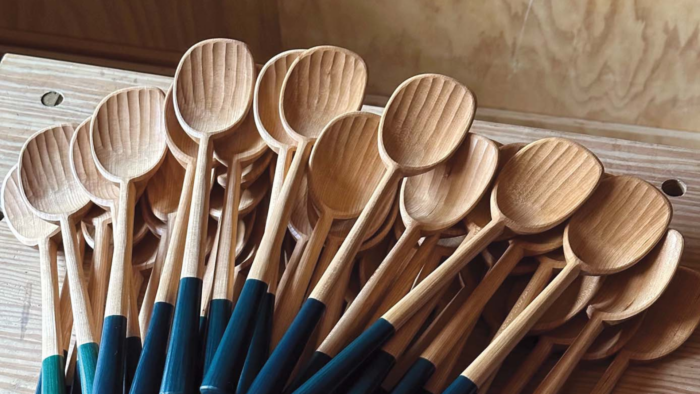
 About a decade ago, Dawson Moore was doing some mildly illicit farming in Southern California when he happened to take a woodcarving class.
About a decade ago, Dawson Moore was doing some mildly illicit farming in Southern California when he happened to take a woodcarving class.
He was soon attempting acanthus leaves and ball-and-claw feet, then learning about flatwork cabinetmaking and acquiring hand tools for it. One day, he read a blog about spoon carving. “I carved a spoon and was immediately hooked,” he says. “All my Lie-Nielsen tools started gathering dust.”
Around that time, Moore and his wife moved back to his native Michigan and built a house on a forested farm that has been in his family for six generations. While building the house, they stayed in the family homestead. There he had the prime ingredients for a serious spin into spoon carving: “some free time, a really nice porch, and tons of great wood.” Before long he was devoting himself full-time to woodwork. “It was a very spoon-centric practice for a long time,” he says, “and I certainly was into carving in volume.”
 |
 |
Production carving was necessary for Moore to make a living, but it also suited his temperament. “There is a contingent that talks down on production,” he says. “I push back on that. The process bumped up my skills and dexterity in ways that never would have happened otherwise. And, counterintuitively, it boosted my creativity, because there was nothing between me and a new idea–the skills were getting out of the way.”
Chair study
When Covid hit, Moore set aside spoon carving to pursue an awakening passion: “For a year and a half I pretended I was doing an MFA in chairmaking.” These red oak chairs serve as his thesis. He drew inspiration from Danish modern designs and from a range of specific makers, including Tim Manney, Brian Boggs, Curtis Buchanan, Pete Galbert, and Jennie Alexander.

Cups, turned and carved
At the lathe, Moore turns the foot and a rough profile for three or four of these cups on a single long blank. Then he does the exterior carving with a drawknife at the shave horse. Finally, he separates the cups to hollow their interiors.
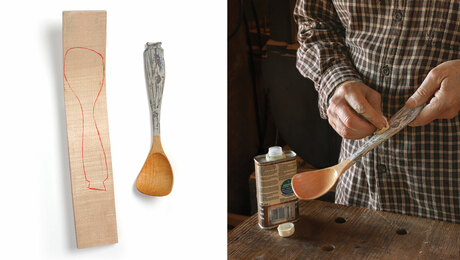
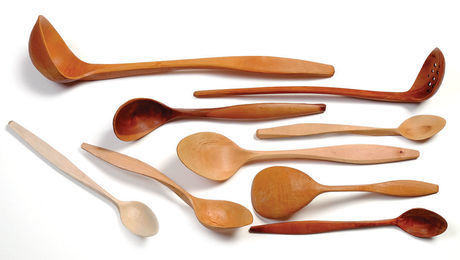

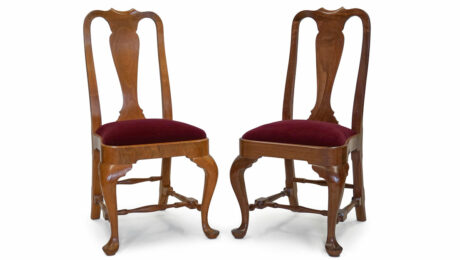

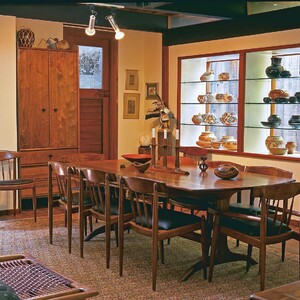

















Log in or create an account to post a comment.
Sign up Log in